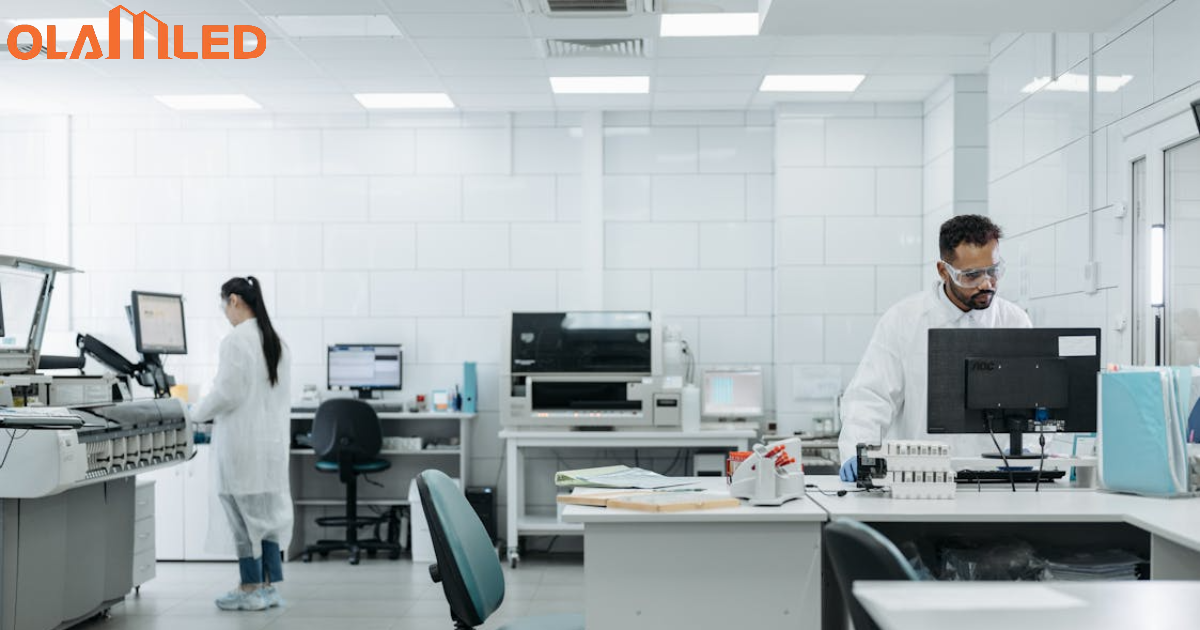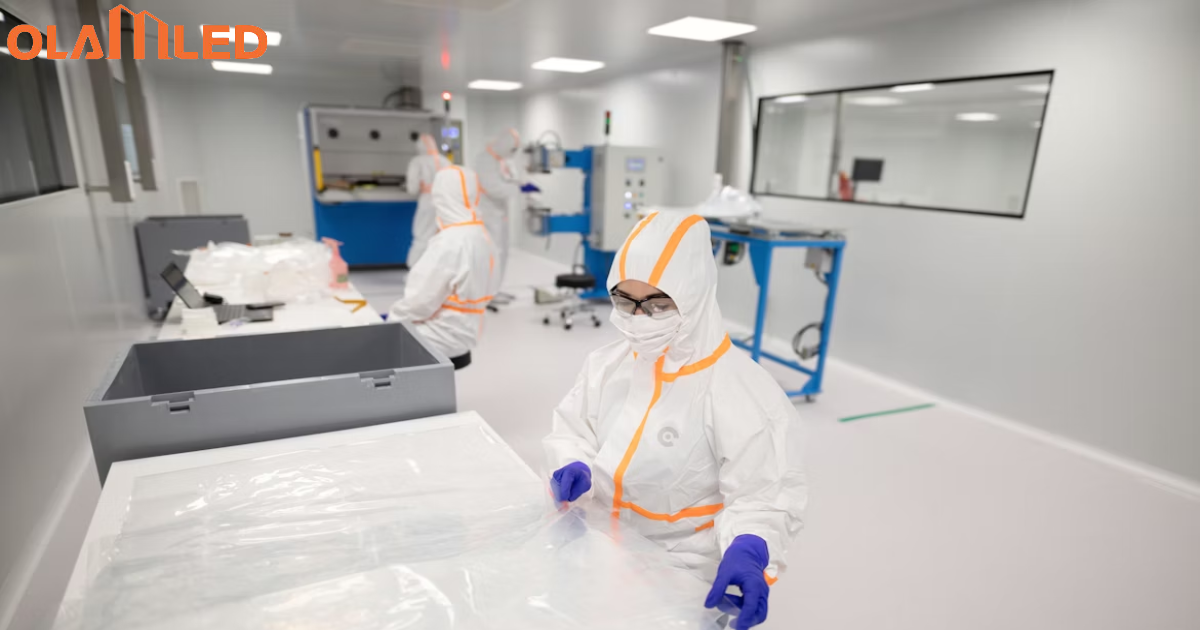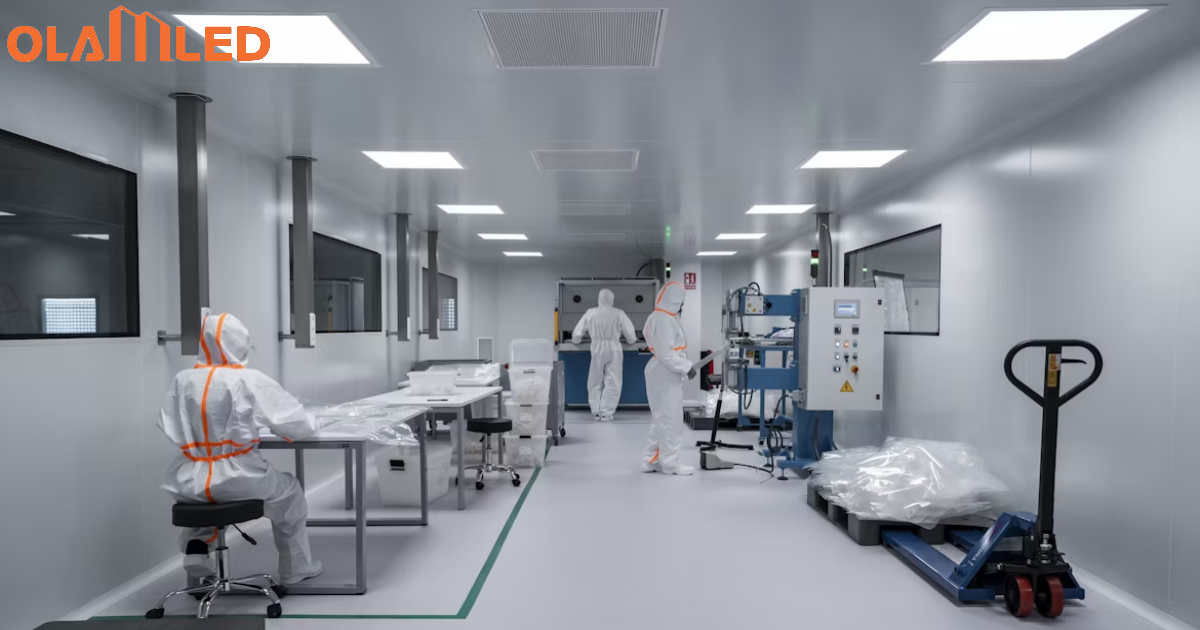LED lights are popular for their various benefits; however, despite being the finest option for lighting, it happens in many cases that the LED light bulb may only last for a little span as they burn out.
Many factors impact the lifespan of LED light bulbs, including humidity, quality of the bulb, and temperature. Sometimes, due to poor installation, the LED bulbs end up burning or damaging.
If you wish to know more about the reason behind the lack of lifespan of LED bulbs and what you can do about it, read this guide below. It captures all the details of why your LED bulbs might not be lasting and what you should do in this case.
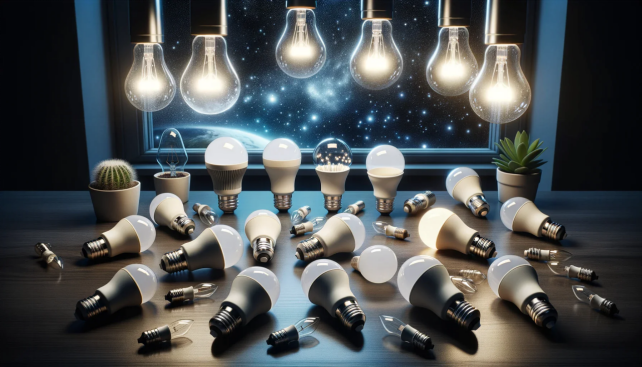
Reasons for LED Bulbs Burning Out Quickly
There could be many factors that can be responsible for burning out the LED bulbs quickly, and some of these are as follows:
1. Power Supply Voltage Too High/Too Low
LED bulbs burn out quickly due to power supply voltage fluctuations. These burnouts may be caused by high or low voltage.
The light bulbs can easily burn if you have a high current in the mainline. LED lights are designed for low voltages, around 12V or 24V; they get damaged if more voltage is supplied.
Moreover, if you are in the US, the home circuit will generally run on 120V, so to adjust the voltage level of the LED bulb, you have to take some steps. Usually, a driver is installed in the light bulbs to keep the voltage impact under control.
Moreover, apart from the high voltage, the LED bulbs also burn due to low voltage or sudden changes in the voltage; for instance, if it is consistently turning up and down, the bulb burns out.
2. Overheating
Overheating is also a cause of LEDs burning out. The LEDs are designed in a way that they need low temperatures to work properly. Hence, when they overheat, there is a chance of burning out.
Various issues could lead to overheating of the LED light bulb, which consists of faults in the LED driver, using the bulb in a place that lacks ventilation, and the lack of efficiency in the heat sink.
LED bulbs convert AC power into DC power, generating heat; hence, a heat sink is very important to dissipate heat. In cases where the heatsink could be more efficient, the bulb may overheat due to a lack of heat dissipation.
Moreover, the LED light bulb’s quality determines the LED driver’s quality. If you opt for a good quality LED light, the driver will be of good quality, but the ones with a cheap driver need to be able to control current, leading to overheating. Moreover, make sure to use LED bulbs in open fixtures rather than enclosed ones so that they get proper ventilation.
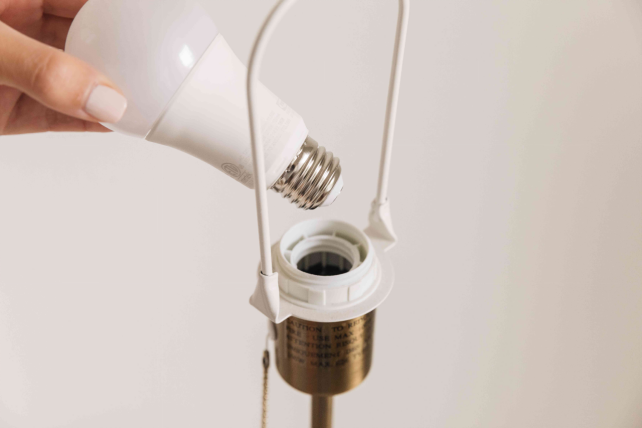
3. Environmental Factors
The environmental factors also cause the LED bulbs to burn out quickly. Not every type of LED bulb is suitable for every type of environment. For instance, LED lights manufactured for indoor installation cannot be used for outdoor installation due to the harsh outdoor environment.
Hence, the right bulb selection is very important in such cases. Some environments are subjected to humidity, moisture, and dust, which requires special lighting fixtures like LED tri-proof lights, which are manufactured to work in such environments. Hence, they do not burn out easily.
Therefore, when choosing LED lights, it is very important to choose the suitable ones based on the installation environment.
4. Improperly Connected Light Bulbs
LED light bulbs that need to be correctly installed lead to burnout quickly. When a light bulb is not connected properly, there is a flicker in lighting, possibly because of the loose connections.
Moreover, in some cases, an excessively tight bulb also damages the socket; hence, the bulb burns out in such cases too. In such a case, it is recommended to unplug the bulb, and after you have switched the power off, bend the socket tab a little so that the bulb connects appropriately.
In some cases, the manufacturers still don’t need to provide the bulbs with the right amount of solder on the base, which also causes a connection problem.
5. Excess Vibration
The vibrations in surroundings, like if there are automated garage doors or ceiling fans, cause vibration, and the bulbs vibrate. Similarly, if the bulb is installed in a space with heavy foot traffic, vibrations are even caused. Although LED bulbs handle vibrations well, in some cases where the vibration is too much, the LED bulb even burns out.
6. Wrong Type of Bulb
The fixture and the bulb must be compatible; if your fixture is 60 watts, and you are using a 20-watt bulb, that will create heat, and the life of the LED bulb will be compromised. Make sure that the wattage of the bulb and the wattage of the fixture are compatible with one another.
Moreover, sometimes, the location of the bulb could be more suitable. For instance, the ones with the motion sensors are suitable for bathrooms and corridors but not for bedrooms because too much movement will cause them to turn on and off again, which leads them to burn.
7. Recessed Lighting
Recessed light fixtures are generally installed within the ceiling. The new models are sometimes designed with IC-rated insulation, but the oldest ones are not; hence, if they are very close to housing, they overheat.
The design of some LED light fixtures is such that if they overheat, they turn off, but sometimes they flicker, and eventually, they burn, causing a fire risk. It is suggested to have IC-rated fixtures so that they do not overheat.
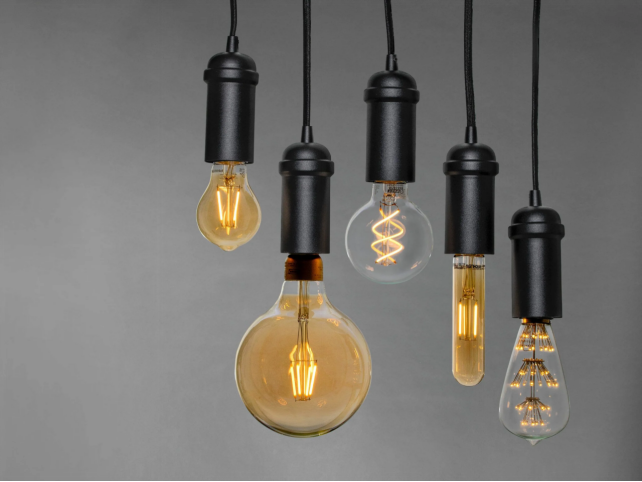
8. Incompatible Dimmer Switch
The LED light bulbs are not designed to be compatible with dimmer swatches, and if used with such switches, they will either flicker or be too dim. Moreover, if there is an incompatibility between the LED light and the dimmer, the LED may burn out. Hence, if you need dimmable LED lights, ensure the dimmer is compatible to work with them.
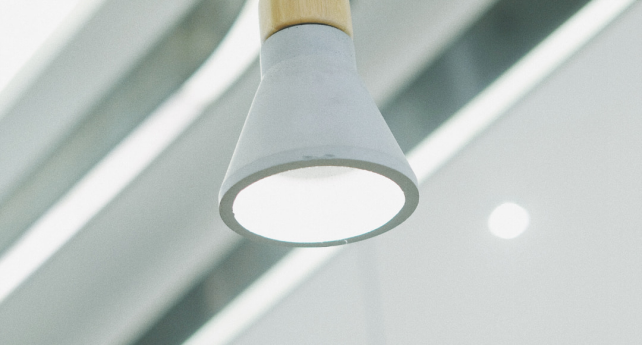
9. The Fixture Cannot Accommodate Bulbs
The label of every light fixture has the maximum wattage of the bulb that it can be used with. Hence, when it comes to such lights that burn out very quickly, make sure to see the wattage of the bulb and verify whether it is within the fixture’s specification.
In cases where the fixtures and bulbs are incompatible, the bulb overheats a lot and causes the bulb to damage or burn out. Using an oversized bulb with a small fixture is always very risky.
10. Depressed Socket Tab
The socket of the light bulb is connected to the bulb with the help of a metal tab at the bottom side. The socket tab requires a push on the downward side so that the light bulb can be connected to it. If the table is pressed too far, the connection between the socket and the bulb will be void and signal a weak connection.
11. The On/Off Switch is Overused
Constantly flipping the switch reduces the lifespan of the bulbs, and consistently turning the light on and off causes it to burn out. You should turn your lights off when you leave the room because you need to save electricity, but this consistently impacts the bulb’s life.
12. Poor Quality Bulbs
The quality of the bulbs also impacts their life. A poor-quality bulb will burn out quickly because the components of the bulb are also cheap and of inferior quality; hence, they have less tendency to handle the surrounding impacts and have a lesser span of life.
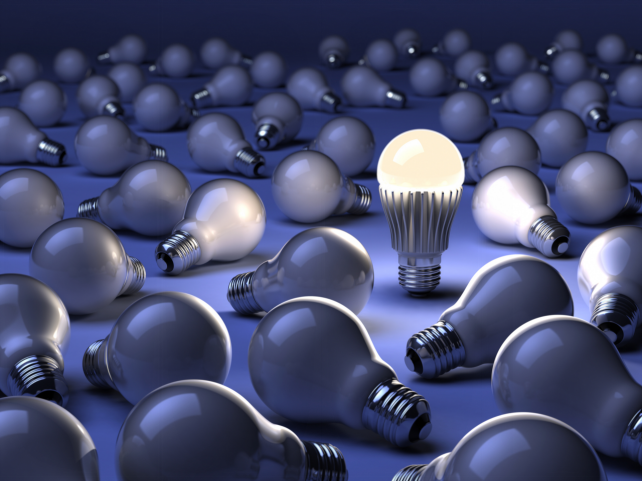
Solutions For LED Bulbs Not Lasting Long
If there is something off about LED bulbs, and you need a solution to avoid the burning out of them, you can use the following suggestions, which help improve their life.
Control LED Lights When Not in Use
If the space lit up by the LED lights is not very big and just a small area, then you must not invest in smart lighting systems because that will not be cost-effective. However, you can turn off the primary lights at the end of the day when your space is not in use.
However, if you are concerned about security, you can opt for a secondary light; the more mindful you are and the more consciously you manage the lights, the more you can increase the light span.
Avoid Frequently Turning Lights On and Off
Keeping the lights turned on for a longer span leads to increased energy bills, but at the same time, when you switch your lights on and off too frequently, it may also impact the lifespan of your lights.
You have to think about the traffic in the different areas; if a space is left vacant for a longer span, it should have the lights shut off. However, in cases where people’s entry and exit are very frequent, then turning the lights on and off again and again is not a suitable approach as it leads to a reduced lifespan.
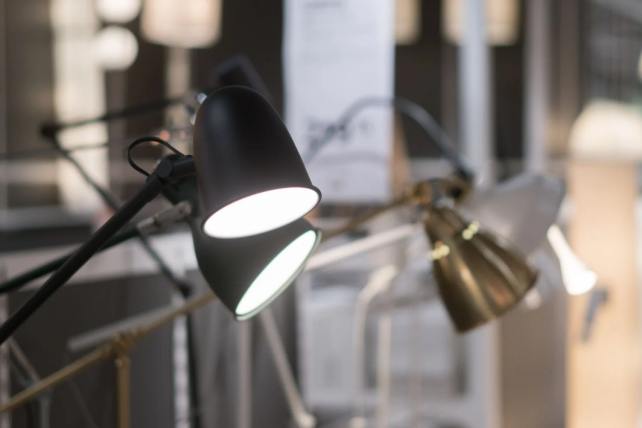
Occupancy Sensors & Motion Light Switches
The buildings with many lights must look forward to incorporating lighting systems with automated features. Such features include sensor and dimming features, which work accordingly upon entry and exit. It helps save energy, and at the same time, the lights are not frequently switched on and off, leading to damage to their usage span.
When considering the types of sensors, there are two options: one uses waves to detect the presence of people, and one uses heat to detect people.
Extend the Average Life of LED Bulbs With Timed Light Switches
In cases where you don’t want to incorporate a motion sensor or think it can change the light habits, you can opt for timed switches. These switches are easily wired into the electrical system, or they can also be plugged into an outlet directly. The plug-in switches are suitable for single fixtures, whereas the hard-wiring ones handle a massive system of lights.
These time light switches help you ensure that the lights are not turned on for a longer time; hence, they help save electricity. At the same time, they even increased the life of the LED lights due to automated shut-off.
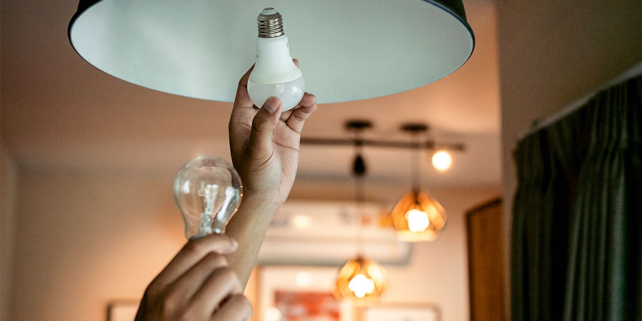
Why Do LED Light Bulbs Keep Burning Out In The Same Fixture?
If the LEDs burn in the same fixture again and again, this means there is a problem with the fixture, or it may not be compatible with the light or may have a loose connection. Sometimes, if the bulbs are very tight, it also leads to damage.
Usually, fixtures are compatible with the LED light bulb, but if the bulb is enclosed in the fixture, the heat is reflected, and due to lack of dissipation, it leads to the bulb. Also, if you replace an incandescent bulb with an LED bulb in the same fixture, it gets damaged.
However, to resolve this issue, you can look for alternate brands and the right bulb with sufficient soldering in the base to fit in with the socket tab conveniently.
How Do You Tell If LED Light Is Burnt Out?
You can identify that the LED light has burned out if it doesn’t turn on or is dim. The LED lights have multiple LEDs inside them, and in case some of these diodes are burnt, the rest still work, but it won’t be as bright as it should be.
How Do You Fix a Burned LED Light Bulb?
To repair a burned LED light bulb, you must first remove the bulb from the fixture and look at the circuit board of the bulb where there are LED chips. You can use a multimeter and find the LED that has a problem. Now, desolder the contacts of the driver and change the LED array.
Moreover, you can also connect the contact pads rather than changing the LED case. If the diodes are working, you must also examine the driver and the connectors in case some components have a problem.
You can use your multimeter to check the components and the capacitors and change them if they are not working.
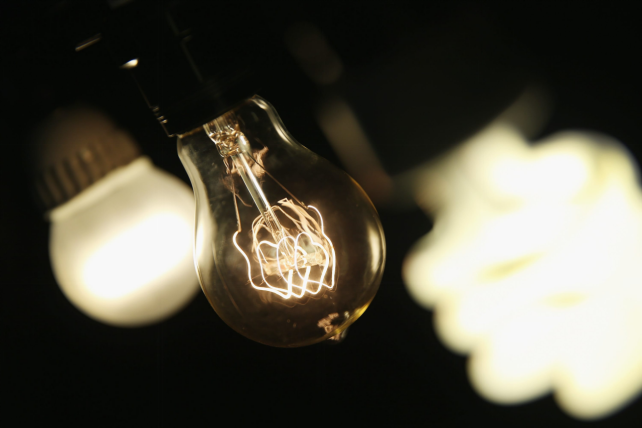
FAQs:
1. How long should an LED bulb last?
Ans. LED lights usually last for a time span of 25000 to 50000 hours.
2. Can I leave LED lights on 24/7?
Ans. Yes, you can leave the LED lights on 24/7; however, the frequency of turning lights on and off also impacts their lifespan.
3. Do LED bulbs get weaker?
Ans. LED bulbs do not get weaker but rather dim after a long time.
4. How do I know if my LED bulb could be better?
Ans. If your LED bulb flickers or has become dim, it has faults.
5. Do LED bulbs last 20 years?
Ans. The LED bulbs last for 20 years based on the average usage.
6. What light bulb lasts the longest?
Ans. LED light bulbs last the longest, more than 50,000 hours.
7. How long do Philips LED bulbs last?
Ans. Philps LED bulbs last for a span of 20,000 to 25,000 hours.
8. When should I replace my LED bulb?
Ans. If your LED bulb flickers or it has gotten dimmer, you can replace it.
9. Can LED lights be repaired?
Ans. LED lights are usually difficult to repair, and they only need replacement.
10. Does LED last longer than halogen?
Ans. Yes, LED lights last longer than the halogen bulbs.
